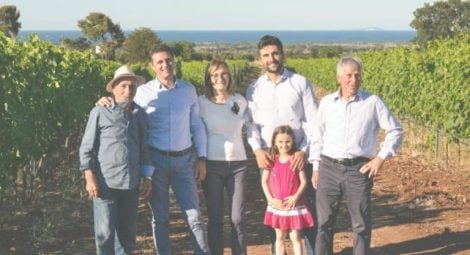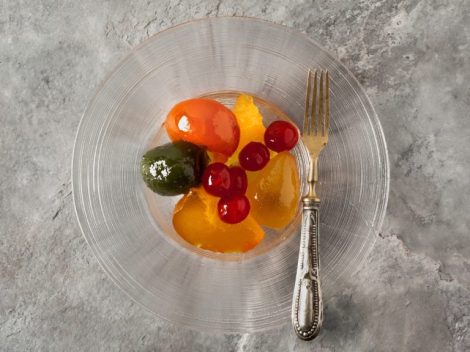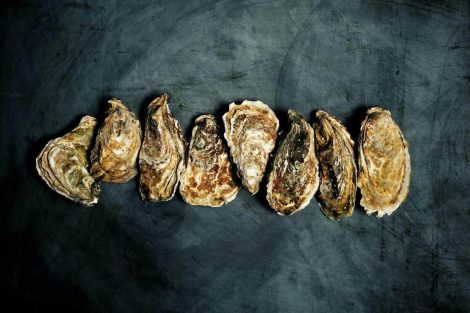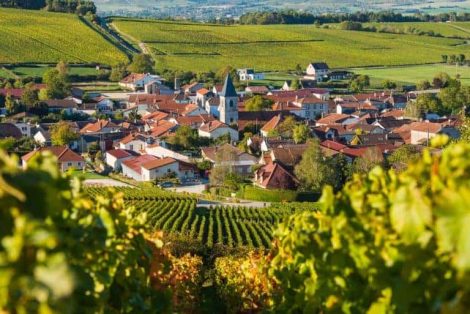by Giovanni Caldara
When faced with a simple question about where culinary inspiration comes from, it might be more interesting to ask what paths that inspiration opens up. Helping us answer this is culturally astute chef Stefano Basello from Ristorante 1905 in Udine, awarded two forks by the Gambero Rosso Guide, and a chef deeply in love with his territory, Friuli—a borderland rich in quality products, but above all, in popular knowledge, much of which is unfortunately at risk of being forgotten. These same traditions are the foundation of an extraordinarily evocative dessert: Lis Aganis, dedicated to mythical deities.
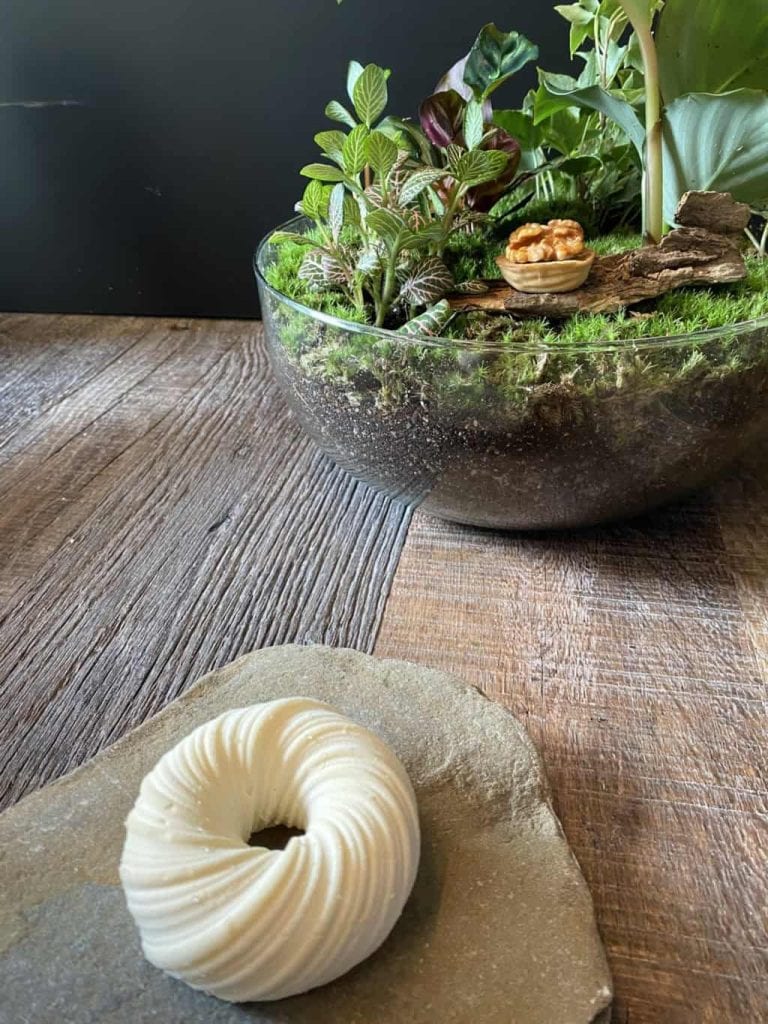
The cuisine of Ristorante 1905 in Udine
Lis Aganis is a dessert shaped like a ball of yarn. Inside, you'll find strawberries accompanied by a lovage cream, all surrounded by a terrarium with small plants, a walnut, and a mushroom-flavoured cream. The inspiration, rooted in mythology, is immediately striking. This dessert compels us to learn about these nymph-like figures, sometimes benevolent towards humans and sometimes not (what else could the foam between the waterfalls of the Arzino stream be but the anger of the aganis?). These creatures have animated a rich popular imagination over the centuries. These stories have fired up the imagination of our Friulian chef, whose fascination gave form to this dessert. It's primarily an homage to his roots, and more importantly, a different way of approaching (high) cuisine.
A legend
According to popular tradition, the aganis —mythical female figures in Friulian dialect—live near watercourses: mountain streams, alpine lakes, but also gorges and caves. One of the most popular stories tells of a mother who one day saw one of these creatures knitting by a riverbank: "I will give you this ball of yarn," the agana said to the poor woman, "so you can make clothes for your children." The mother immediately began knitting clothes for her children. The ball of yarn seemed never-ending: after meeting her children's needs, she passed it on to other women to use as well. And even today, it is said that this ball of yarn, still not depleted, is being passed from hand to hand.
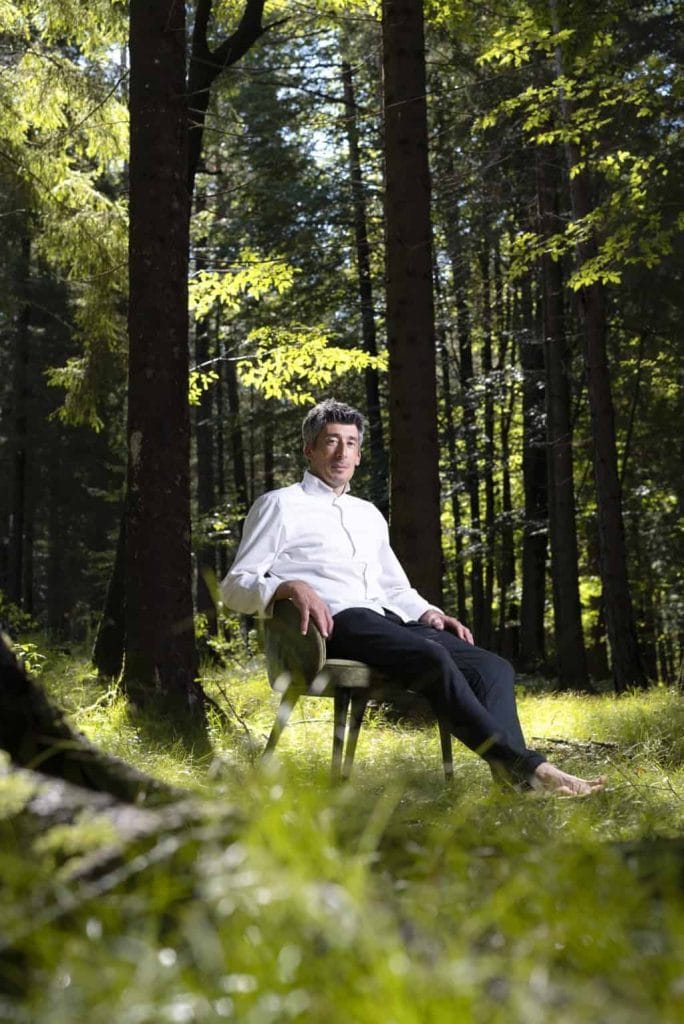
Traditions to defend and pass on
Chef Stefano Basello explains: "The ball of yarn represents the heritage of our territory, which should be shared and used according to individual needs. The thread, however, symbolizes memories, that wealth of knowledge and traditions we must preserve and pass on." Thus, this unusual yet captivating dessert gains significance and value: the lovage and herbs collected in the Val d'Arzino, where the aganis are believed to dwell. The mushroom-flavoured cream is meant to immerse the customer in the wooded area where the story took place, while the plants, walnuts, and strawberries in the dish are intended to transport the guest to the legendary setting.
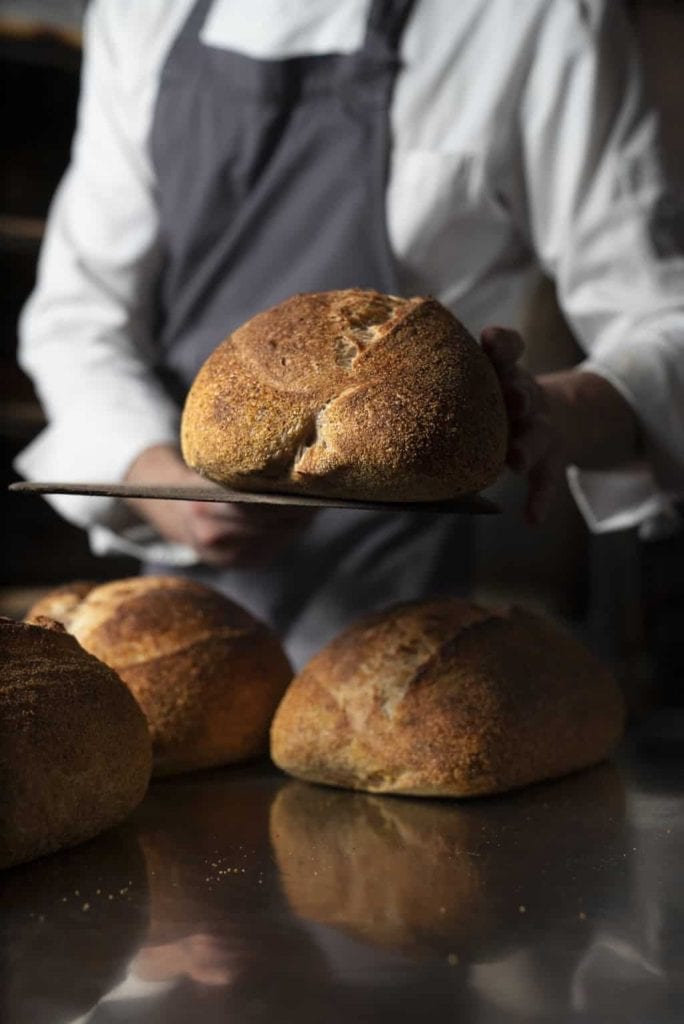
Inspirations and imagery
This example of Chef Basello's dessert speaks of inspiration rooted in a rich imaginary world full of suggestions, moving from anecdotes and stories to the plate. Technique and knowledge of ingredients—both top-notch—serve something different: a narrative, but more importantly, a strong set of values—chief among them, love for one's land. From this natural source, culinary creativity flows. With Pancor—"the bread that comes from the heart"—Stefano Basello wanted to tell the story of the Vaia Storm disaster in October 2018, when millions of trees in Carnia and Sappada were uprooted by violent winds. From the bark of these fallen trees, the chef created an edible flour, giving life to an extraordinary bread that still enriches his bread basket today. This bread, made with tuber and acorn flours, tells of the difficult war years and the struggle for survival of an entire people.
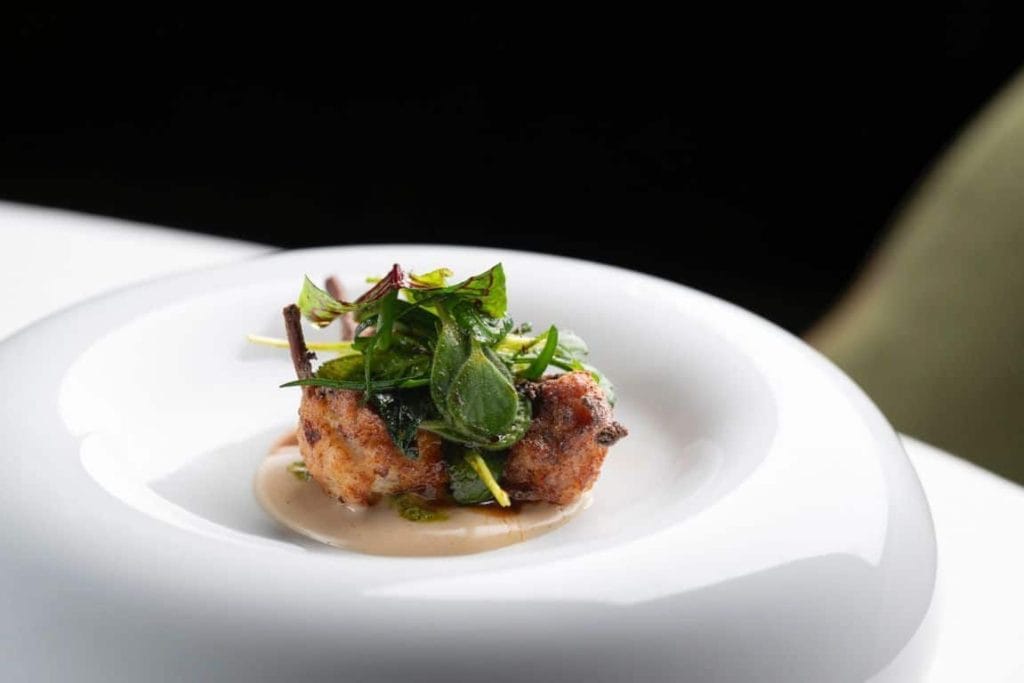
A model for young chefs
Dining at this elegant restaurant, we see a crucial aspect of high cuisine today: creating extraordinary dishes, but through them, fostering awareness of one's role. It serves as inspiration for an entire territory, supporting small, often heroic producers involved in quality projects, and acting as a model for young chefs, encouraging them to anchor themselves in strong values and passions amidst inevitable challenges.
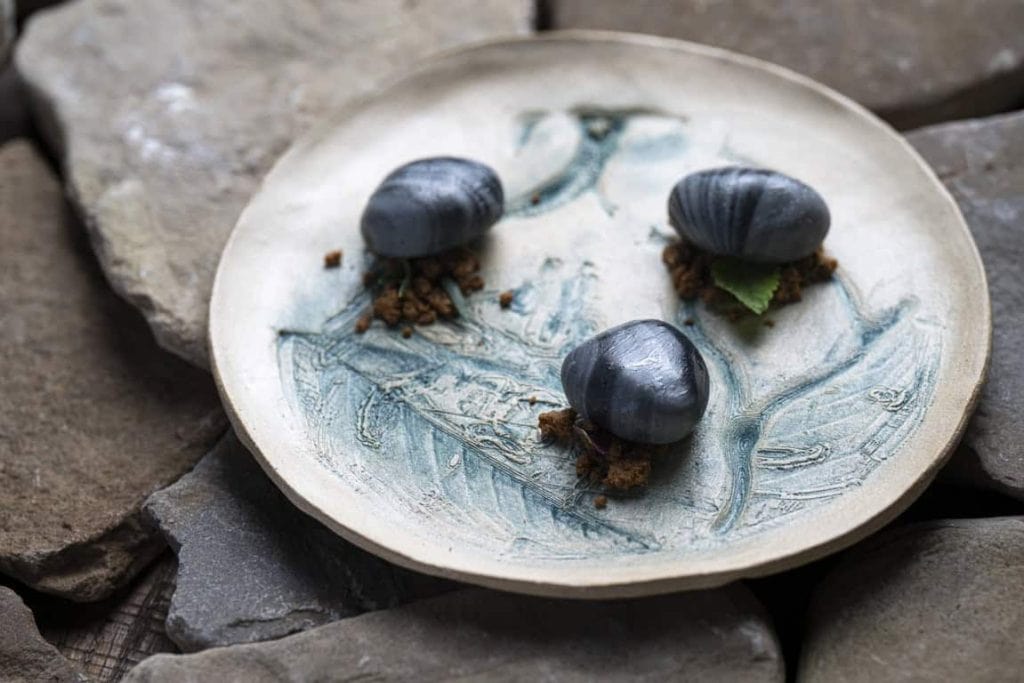
A vital energy
The petit fours concluding the experience at Stefano Basello's 1905 best capture this different approach to cuisine. The chef will serve pralinznes, biscuits, and apple fritters from a wooden backpack with many drawers, known as crassigne, worn by one of his kitchen staff, much like the craimârs, the Carnia peddlers. These peddlers spread the spice culture in this land, influencing their cuisine (consider the iconic Cjarsons, the Carnic ravioli enriched with cinnamon and cocoa). This legacy of vitality, both yesterday and today, is the hallmark of every creative energy.
Ristorante 1905, via Tricesimo 276, Udine - tel. 0432 545096

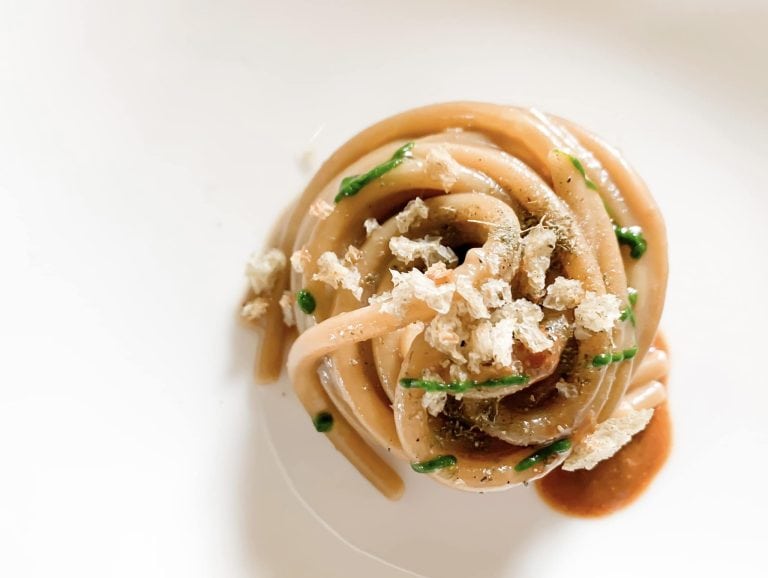
 Cult Champagne: 10 unforgettable labels tasted in 2024
Cult Champagne: 10 unforgettable labels tasted in 2024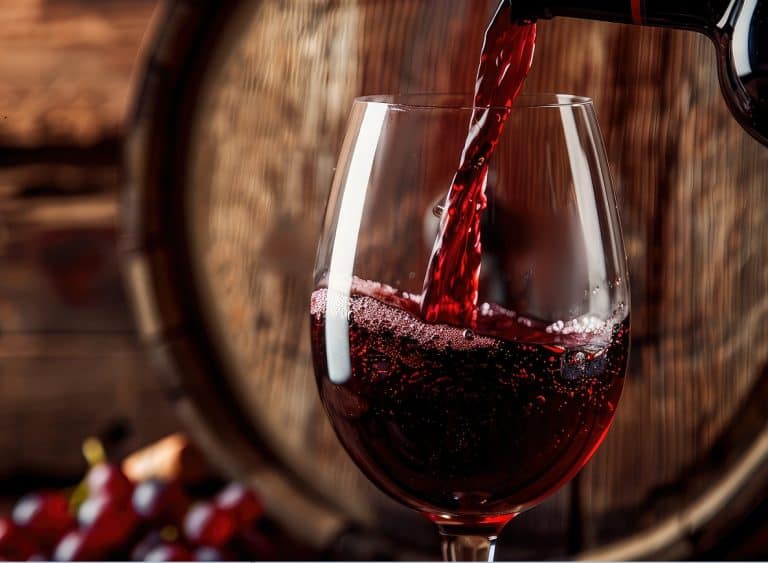 On the Florentine Hills, we discovered an excellent Chianti with great value for money
On the Florentine Hills, we discovered an excellent Chianti with great value for money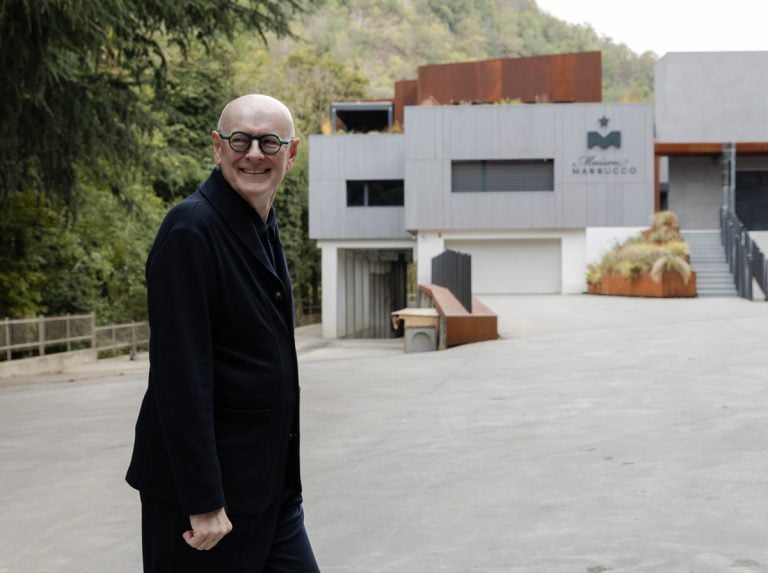 "Everyone’s crazy about Meunier? Just a passing fad." An Italian Champagne producer speaks out
"Everyone’s crazy about Meunier? Just a passing fad." An Italian Champagne producer speaks out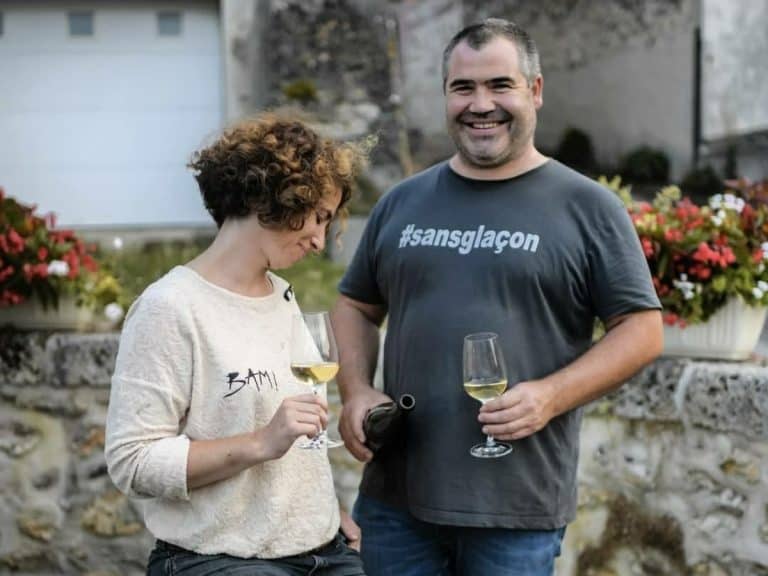 The 8 Champagnes that impressed us most from the Vallée de la Marne
The 8 Champagnes that impressed us most from the Vallée de la Marne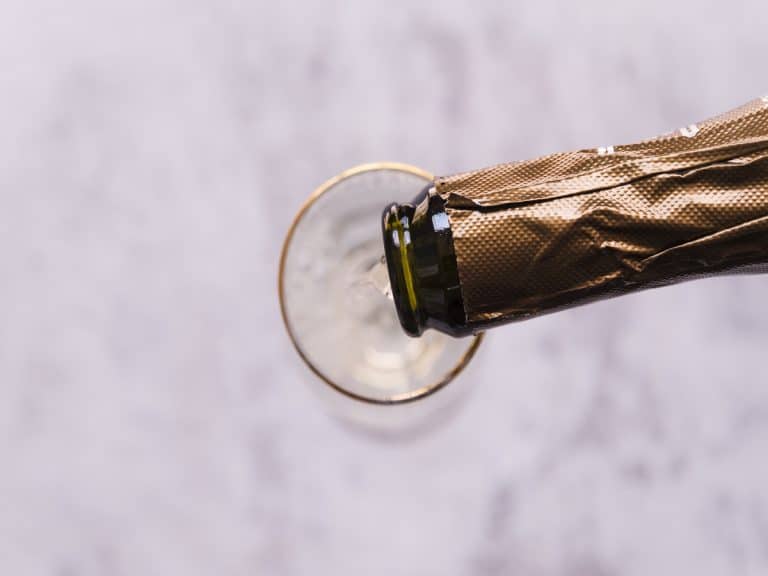 Dear Drinkers, the silver spoon does not preserve sparkling wine for longer. Here's why
Dear Drinkers, the silver spoon does not preserve sparkling wine for longer. Here's why